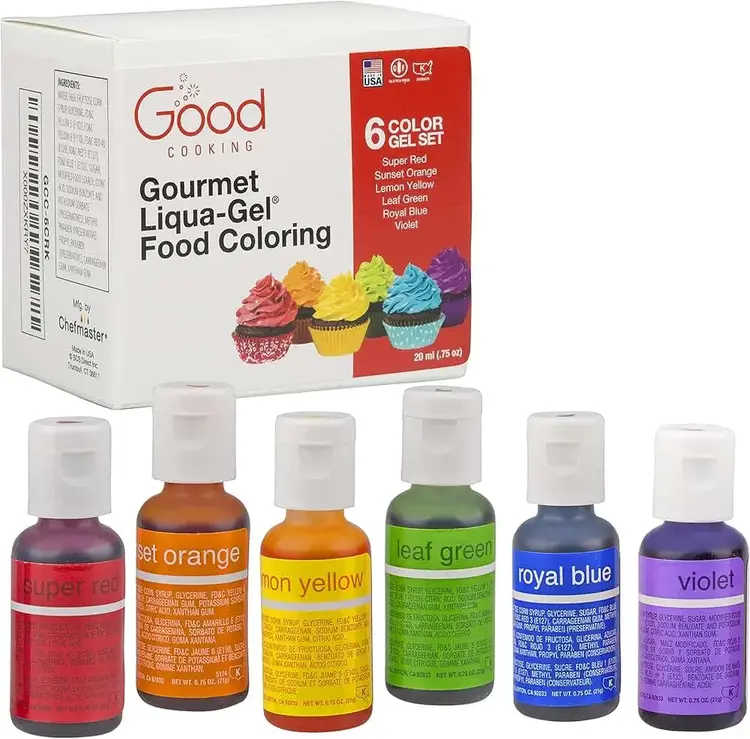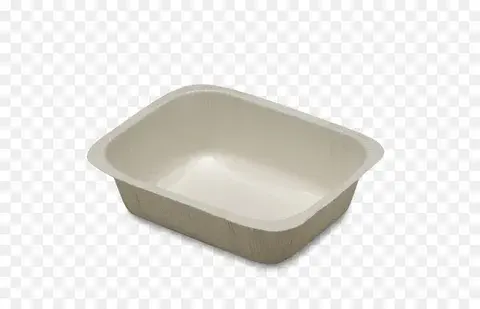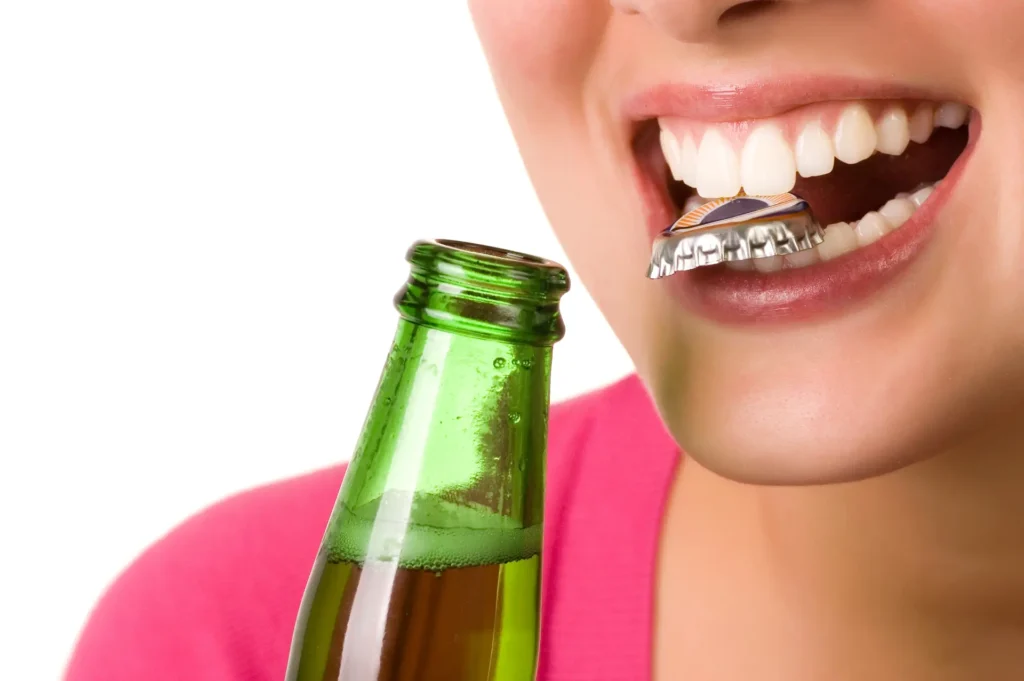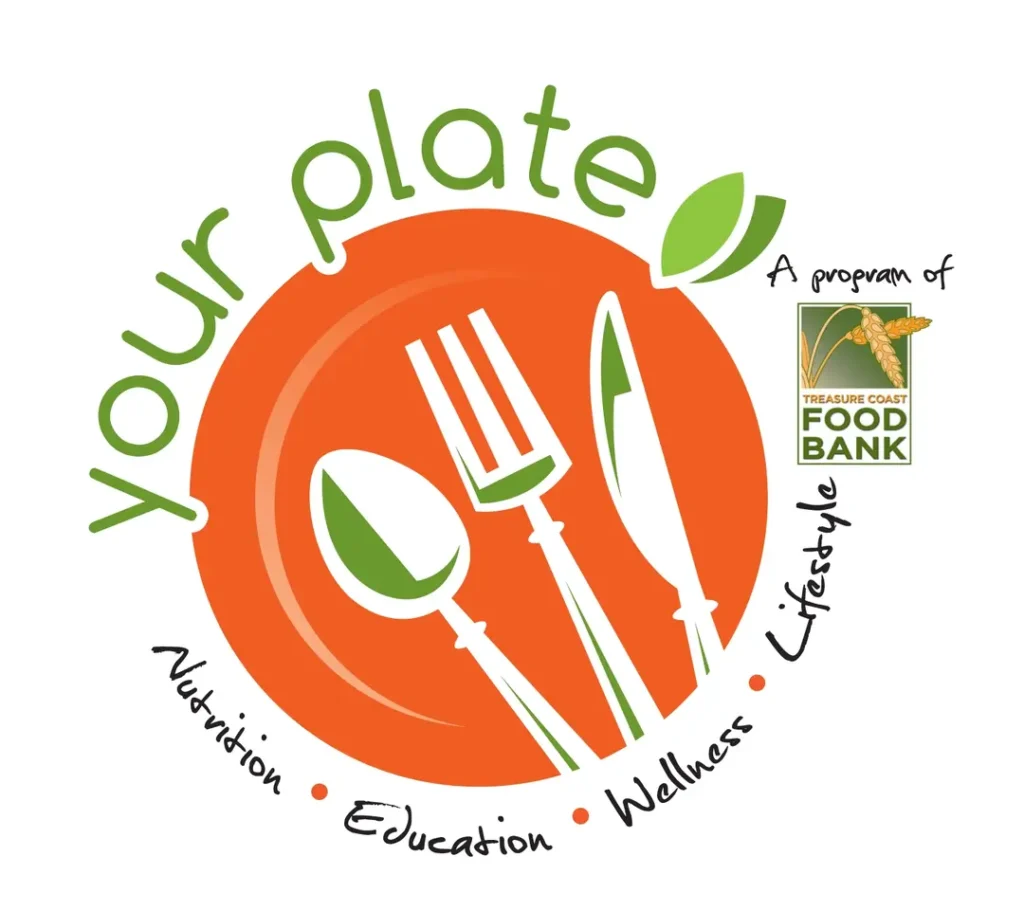Ever tried to make a colourful cake, only to end up with dull, barely-there shades?
It’s frustrating, right?
You want those bold, eye-catching colours, but no matter how much you squeeze, the colour just doesn’t pop.
Here’s the thing: the type of food colouring you use can make all the difference.
This is where gel colouring for food steps in as the hero of the kitchen.
Table of Contents
ToggleWhat Exactly is Gel Colouring for Food?
Let’s clear this up first.
Gel colouring for food is a concentrated food-safe dye that comes in a gel form.
Unlike liquid food colouring, which you might be used to, gel colouring is thicker and way more potent.
Why should you care?
Because it gives you:
- Richer colours with just a small amount.
- No change in texture for your icing, batter, or fondant.
- Long-lasting vibrancy, so your food looks as amazing as it tastes.
You can achieve the deep colours you see on bakery shelves—without needing a degree in baking.
Why Choose Gel Colouring for Food Over Liquid?
Here’s a common question I get:
“Why can’t I just use the regular liquid food colouring?”
You can, but there are a few key reasons why gel colouring for food is the better choice, especially if you’re serious about your baking game.
- Concentration: Gel colouring for food is super concentrated, so you only need a tiny bit to achieve a strong colour. With liquid, you need to use a lot more, which can mess with the texture of your recipe.
- No Watering Down: Adding too much liquid food colouring can make your frosting runny or your cake batter too thin. With gel colouring, that’s never an issue.
- Better for Baking: Whether you’re colouring fondant, royal icing, or cake batter, gel colouring holds its shape. Liquid colours might work for a simple cake, but for intricate designs, you need the power of gel.
Real-World Example: My First Cake Disaster
I’ll never forget my first attempt at making a rainbow cake.
I thought I was doing everything right—adding more and more liquid colouring, hoping for those vibrant layers I saw online.
But after mixing, my batter turned runny, and the colours?
Barely visible.
That’s when I switched to gel colouring, and boom!
Deep, bright layers that held their shape, with just a small dab of colour.
How to Use Gel Colouring for Food Without Overdoing It
Now, you might be thinking, “This sounds great, but how do I actually use it?”
Good news—it’s simple.
Here’s a step-by-step on how to get the most out of your gel colouring:
- Start Small: A little goes a long way. Use a toothpick or the end of a spoon to add a small amount of gel into your icing or batter.
- Mix Well: Always mix the gel thoroughly. You don’t want streaks in your icing, so give it a good stir to make sure the colour is evenly distributed.
- Build It Up: Don’t go overboard right away. Add a small amount, mix, and see where you’re at. Need it darker? Add a little more.
- Watch the Colour Change: Gel colours tend to deepen over time. So what looks like a light shade now might become more vibrant in a few hours.
The Best Foods to Use Gel Colouring On
Not every dish is suited for gel colouring for food, but there are plenty where it truly shines.
Here are the best foods to use it on:
- Buttercream Frosting: Use of Gel colouring for food keeps your buttercream thick and smooth, while giving it a bright colour.
- Royal Icing: Perfect for intricate cookie designs, royal icing needs to stay firm, and gel colours help maintain that while adding bold hues.
- Cake Batter: If you’re doing a colourful layer cake, gel colouring for food is a must. It won’t alter the consistency of your batter, so your cake bakes evenly.
- Fondant: Fondant is all about smoothness and precision. Gel colouring for food keeps it firm and pliable, making your designs look flawless.
Troubleshooting Gel Colouring: Common Problems and Fixes
Even with the best products, things can go wrong.
Here’s how to handle some common gel colouring for food problems:
- Colour Too Light?
Add a tiny bit more gel and mix thoroughly. Remember, gel colouring for food is concentrated, so build the colour slowly. - Colour Too Dark?
If your shade turned out darker than expected, you can lighten it by adding more uncoloured icing or batter. Just mix it in slowly until you reach the right tone. - Streaky Icing?
This happens when the gel isn’t fully mixed. Give it another good stir, and that should solve the problem.
Is Gel Colouring Safe for All Foods?
Absolutely.
Most gel colourings are safe for any food that’s meant to be consumed.
Just check the ingredients to make sure they align with any dietary restrictions or allergies.
Some might contain additives that people with sensitivities need to avoid.
My Top Tips for Success with Gel Colouring
- Use Gloves: Use of Gel colouring for food can stain your hands. Trust me on this one—wear gloves to avoid walking around with bright red or blue fingers.
- Seal It Tight: Gel colours can dry out if left open. Always make sure the lid is tightly sealed after each use.
- Keep It Cool: Store your gel colours in a cool, dry place. Heat can change the consistency and effectiveness of the colour.
FAQs About Gel Colouring for Food
Q: Can I mix gel colouring with liquid food colouring?
A: You can, but it’s not recommended. Mixing the two might not give you the results you’re after because they behave differently. Stick to one type for consistency.
Q: How long do gel colours last?
A: Gel colours typically have a long shelf life if stored properly. Keep them in a cool, dry place, and they should last a good while.
Q: Can I use gel colouring for chocolate?
A: Yes, but there’s a trick to it. Chocolate doesn’t like water-based colours, so you’ll need to mix your gel colouring with some oil or melted cocoa butter first.
Q: Does gel colouring for food affect taste?
A: Generally, no. Gel colouring is designed to provide vibrant colour without altering the taste of your food. Just be mindful of how much you’re using.
Q: Can gel colouring stain my equipment?
A: It can. Some plastic bowls or utensils might hold onto the colour, especially if it’s a dark shade. Use stainless steel or glass bowls when possible, and wash your tools immediately after use.
Final Thoughts on Gel Colouring for Food
If you want to take your baking to the next level, switching to gel colouring for food is a no-brainer.
It gives you vibrant, long-lasting colours without messing up the texture of your food.
Whether you’re making a show-stopping rainbow cake or decorating cookies for the holidays, gel colouring ensures that your creations look as amazing as they taste.
No more runny icing or pale cake layers.
Now, when you need that perfect pop of colour, you know exactly what to reach for.
So next time you’re baking, don’t settle for dull colours—grab some gel colouring and transform your kitchen creations into works of art!




